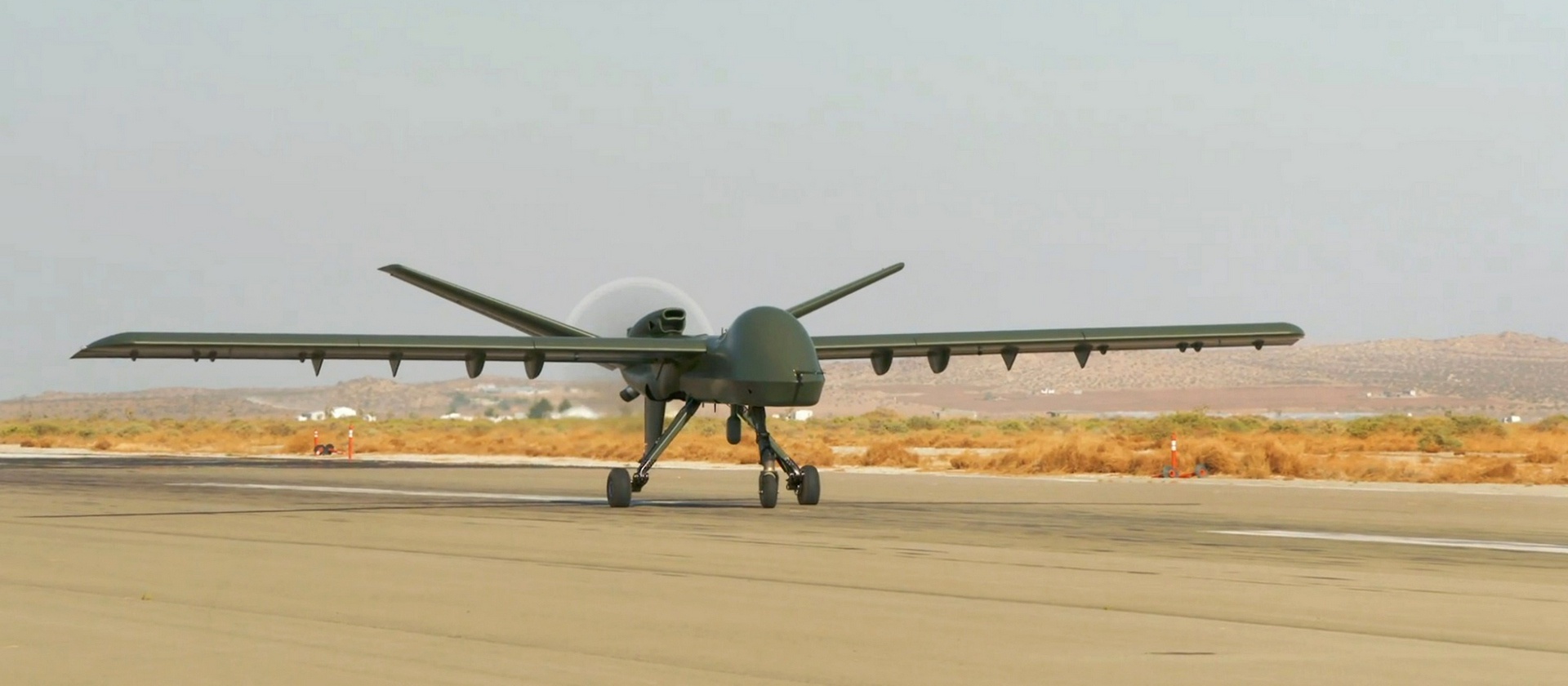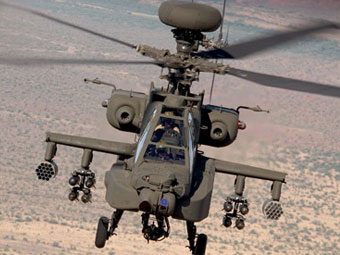
Promising takeoff and landing platforms for the US Army
As part of the FVL program, the US Army planned to purchase 2-4 thousand new vehicles that will replace the UH-60 Black Hawk family helicopters in the first place, and
AN-64 Apache. Phot. Bell Helicopter
The US Army is slowly but surely implementing a program to introduce a family of new VLT platforms to replace the current transport and attack helicopters in the future. The Future Vertical Lift (FVL) program involves the development of structures that, in terms of their characteristics and capabilities, will significantly surpass classic helicopters such as the UH-60 Black Hawk, CH-47 Chinook or AH-64 Apache.
The FVL program officially launched in 2009. Then the US Army presented a multi-year program implementation plan aimed at replacing the helicopters currently in use. Special Operations Command (SOCOM) and the Marine Corps (USMC) were also interested in participating in the program. In October 2011, the Pentagon presented a more detailed concept: new platforms were supposed to be faster, have greater range and payload, be cheaper and easier to operate than helicopters. As part of the FVL program, the army planned to purchase 2-4 thousand new vehicles, which will primarily replace helicopters from the UH-60 Black Hawk and AH-64 Apache families. Their commissioning was originally planned around 2030.
The then declared minimum performance for successor helicopters remains valid today:
- maximum speed not less than 500 km/h,
- cruising speed of 425 km / h,
- mileage about 1000 km,
- tactical range of about 400 km,
- the possibility of hovering at an altitude of at least 1800 m at an air temperature of +35°C,
- maximum flight altitude is about 9000 m,
- the ability to transport 11 fully armed fighters (for the transport option).
These requirements are practically unattainable for classic helicopters and even for a vertical takeoff and landing aircraft with rotating rotors V-22 Osprey. However, this is precisely the assumption of the FVL program. US Army planners decided that if the new design was to be used in the second half of the XNUMXth century, then it should be the next stage in the development of rotors. This assumption is correct because the classic helicopter as a design has reached the limit of its development. The biggest advantage of a helicopter - the main rotor is also the biggest obstacle to achieving high flight speeds, high altitudes and the ability to operate over long distances. This is due to the physics of the main rotor, the blades of which, together with the increase in the horizontal speed of the helicopter, create more and more resistance.
To solve this problem, manufacturers began experimenting with the development of compound helicopters with rigid rotors. The following prototypes were built: Bell 533, Lockheed XH-51, Lockheed AH-56 Cheyenne, Piasecki 16H, Sikorsky S-72 and Sikorsky XH-59 ABC (Advancing Blade Concept). Powered by two additional gas turbine jet engines and two rigid counter-rotating coaxial propellers, the XH-59 achieved a record speed of 488 km/h in level flight. However, the prototype was difficult to fly, had strong vibrations and was very loud. Work on the above structures was completed by the mid-eighties of the last century. None of the tested modifications was used in helicopters produced at that time. At that time, the Pentagon was not interested in investing in new technologies, for years it was content with only subsequent modifications of the structures used.
Thus, the development of helicopters somehow stopped in place and remained far behind the development of aircraft. The latest new design adopted by the US was the AH-64 Apache attack helicopter developed in the 2007s. After a long period of testing and technological problems, the V-22 Osprey entered service in '22. However, this is not a helicopter or even a rotorcraft, but an aircraft with rotating rotors (tiltiplane). This was supposed to be a response to the limited capabilities of helicopters. And in fact, the B-22 has a much higher cruising speed and maximum speed, as well as a greater range and flight ceiling than helicopters. However, the B-XNUMX also does not meet the criteria of the FVL program, since its design was created thirty years ago, and, despite its innovation, the aircraft is technologically obsolete.
